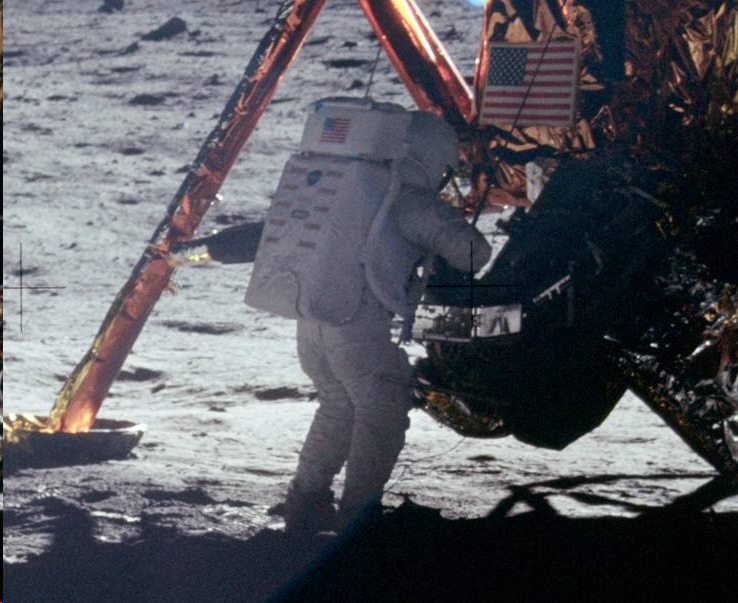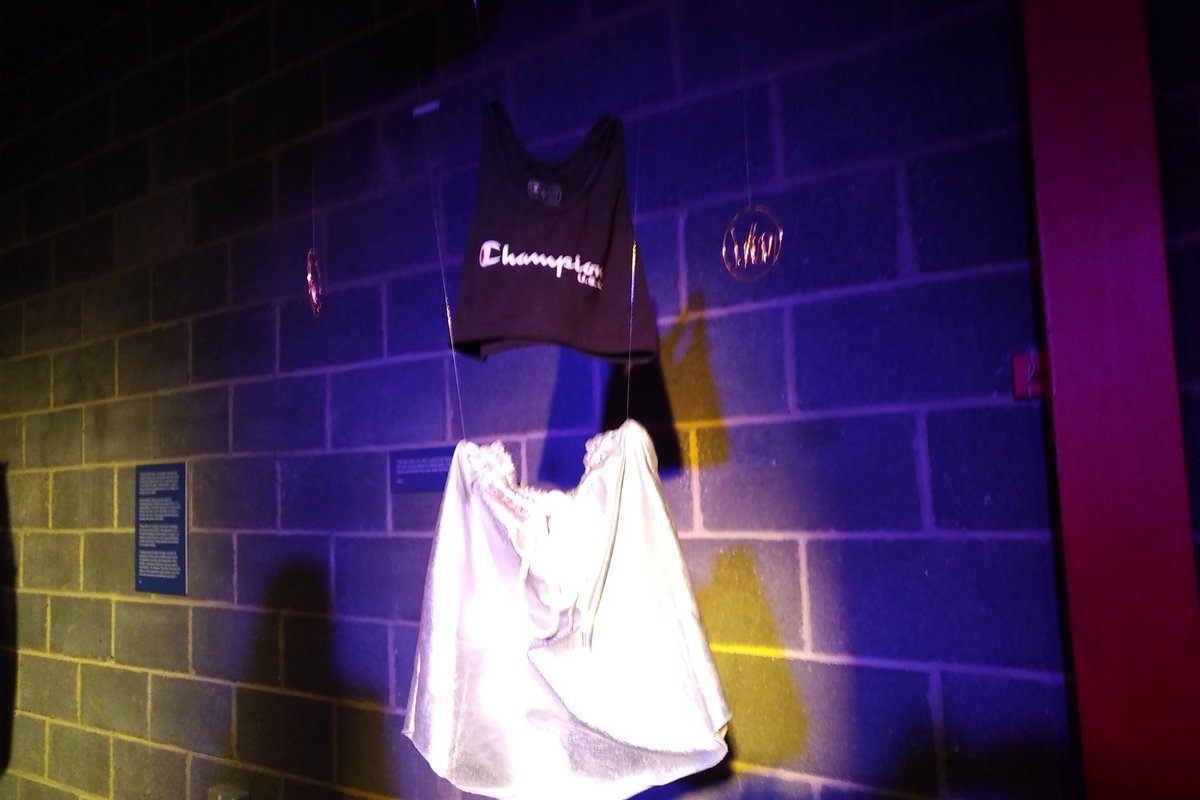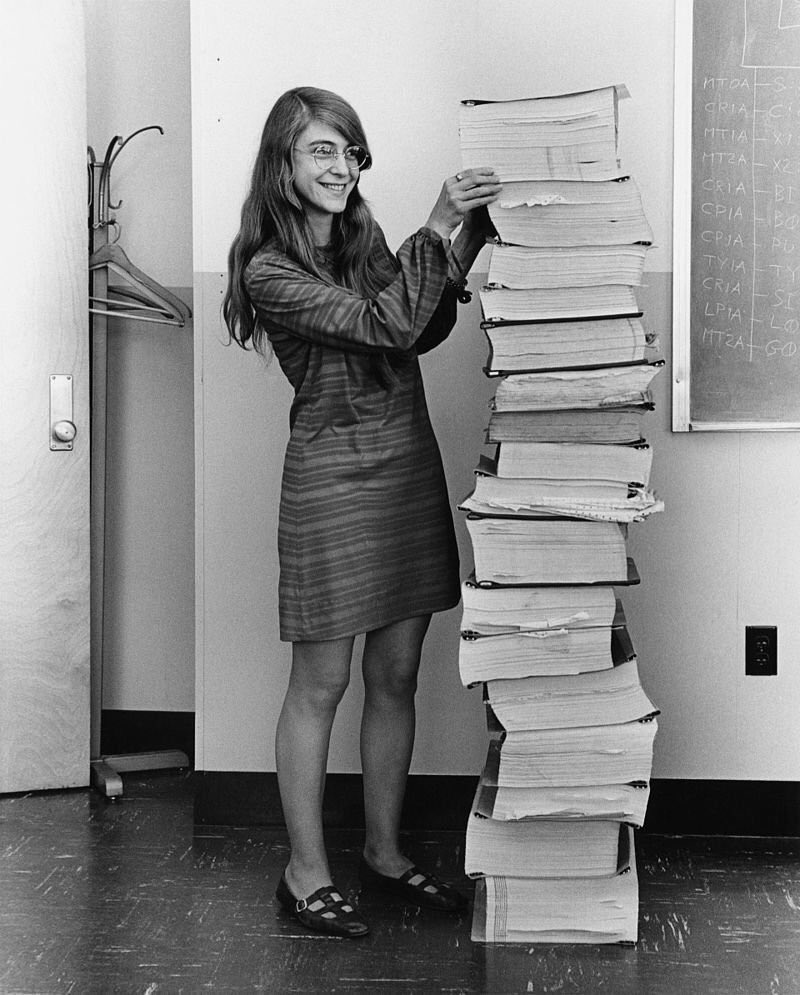Thread about her. #WomensHistoryMonth
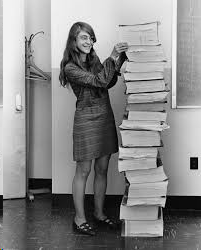
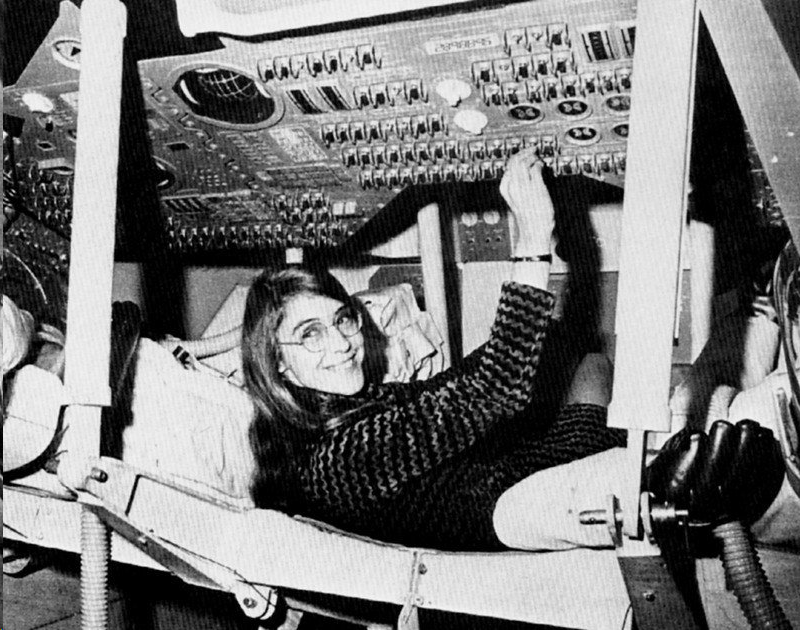
This code is public now and can be read (along with several jokes from the team) at github.com/chrislgarry/Ap… 💻
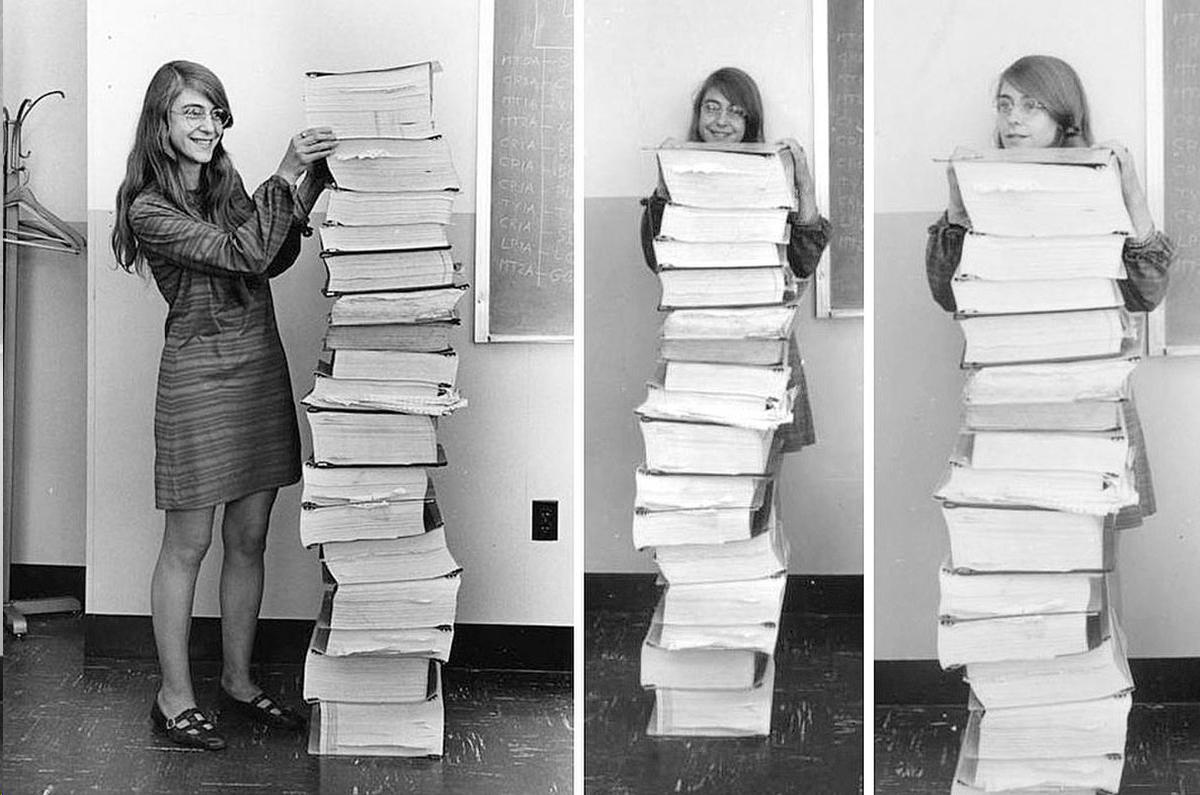
It is part of the @LegoNASAWomen set created by @20tauri
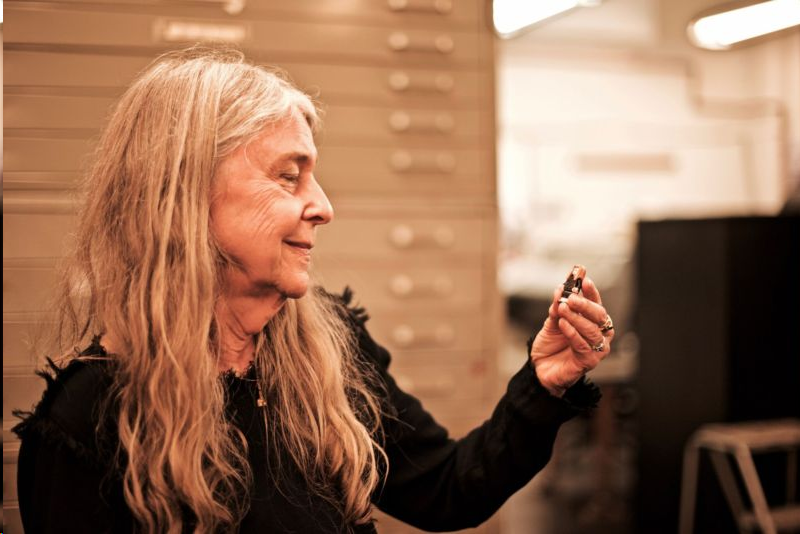

"What to know about the scientist who invented the term software engineering" by @ieeesoftware
#WomensHistoryMonth
publications.computer.org/software-magaz…
#WomensHistoryMonth
wired.com/2015/10/margar…











